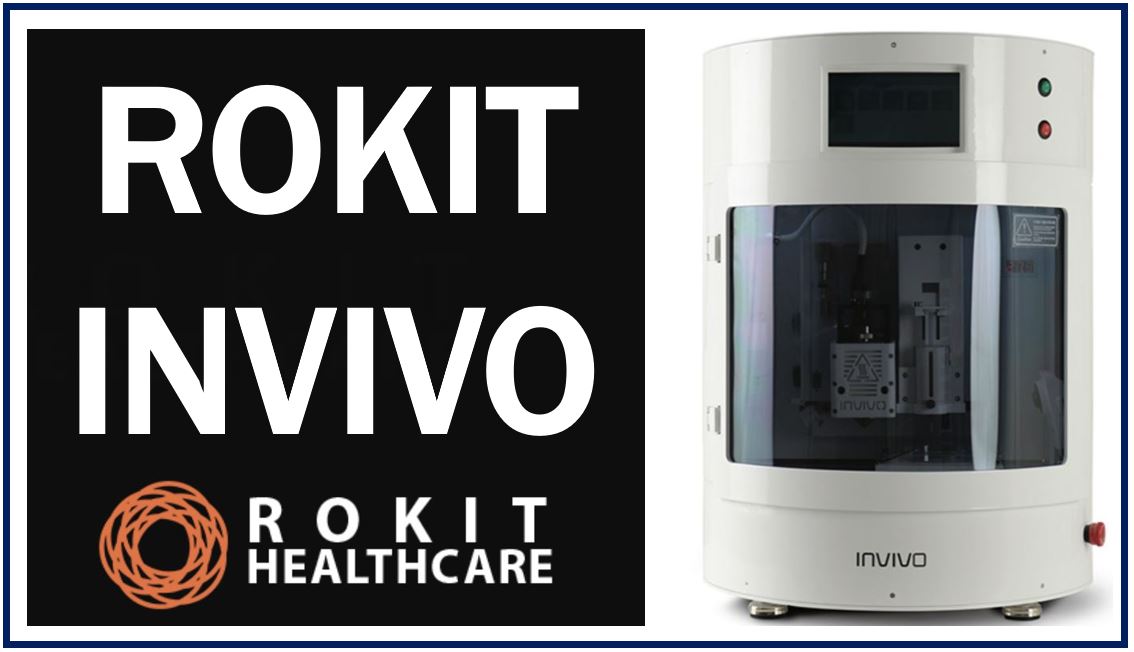
ROKIT INVIVO, a 3D bioprinter, treats dermal scarring in a novel way. ‘Dermal’ means relating to the skin. South Korean company, ROKIT Healthcare, created ROKIT INVIVO. The device 3D printed a patient’s autologous cells and tissues into a dermal patch graft. ‘Autologous’ means the patient’s own cells and tissues.
In an animal study, when researchers placed the patch graft on a wound, neovascularization led to the effective regeneration of the skin. ‘Neovascularization’ is the natural formation of new blood vessels.
Treating dermal scarring – from animal to clinical studies
This new regenerative therapeutic platform will undergo studies in clinical settings (with human patients). Researchers will focus on patients who need treatment for damage suffered from dermal scarring.
Clinical studies will begin in South Korea, and then in several other countries across the world. ROKIT plans to expand the application of its novel treatment strategy to other skin conditions. It aims to also treat, for example, pressure ulcers, diabetic foot ulcers, and burns.
Dermal scarring
Dermal scarring can arise after dermal injury. It is a very common consequence of skin injury. In fact, it arises after nearly every case.
The scarring can cause significant aesthetic, physical, social, and psychological problems.
Regarding the proprietary 3D bioprinter, Seok-Hwan You, CEO of ROKIT Healthcare, said:
“It is a novel way of overcoming some of the most pronounced limitations associated with traditional stem cell therapy.”
“The current practice of directly injecting expanded or cultured stem cells using syringes severely limits cell viability and accurate, uniformly distributed delivery of effective stem cells unto the disease area.”
“Utilizing 3D bioprinting techniques allows for effective delivery of autologous cells unto the wound site, minimizing cell loss and greatly enhancing cell viability and proliferation.”
What is 3D printing?
3D printing involves using a 3D printer to make three-dimensional objects. The printer makes an object by adding layer-upon-layer until it is ready. It is a type of additive manufacturing.
Additive manufacturing is a way of making things in which you start with nothing, gradually add bits, and stop when the finished product is completed.
It contrasts with subtractive manufacturing, in which you start with, for example, a big block. You gradually chip away at that block and stop when you have the final product.

